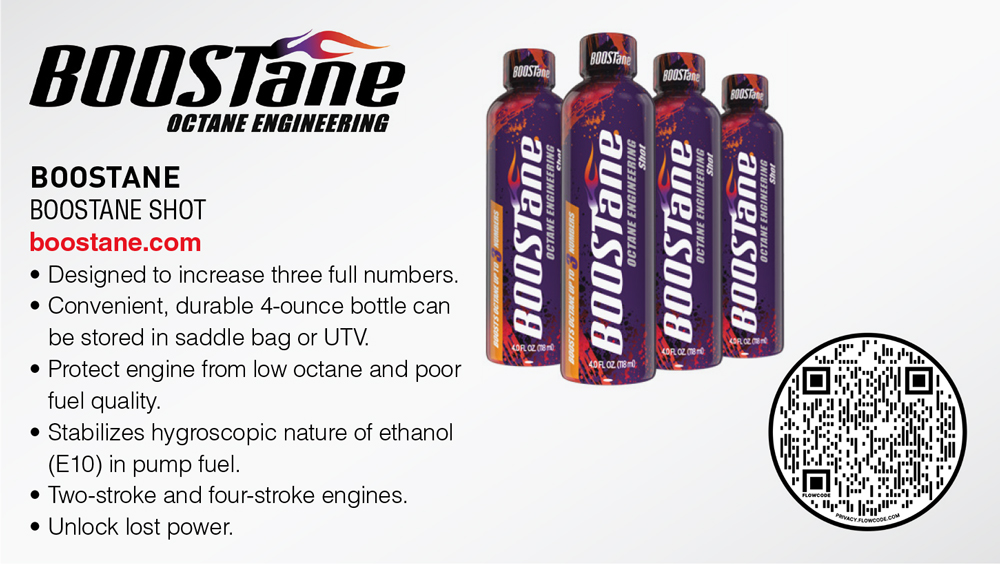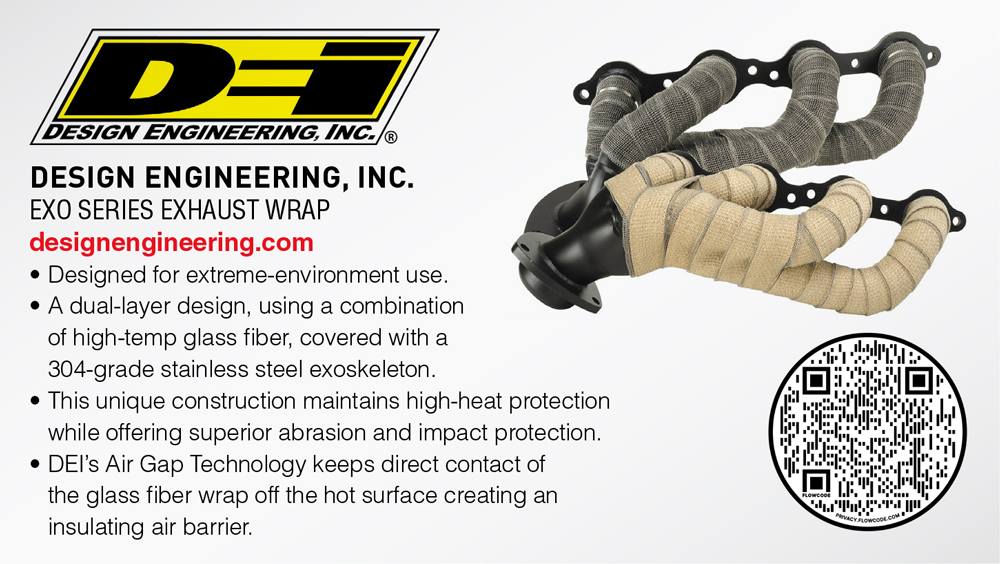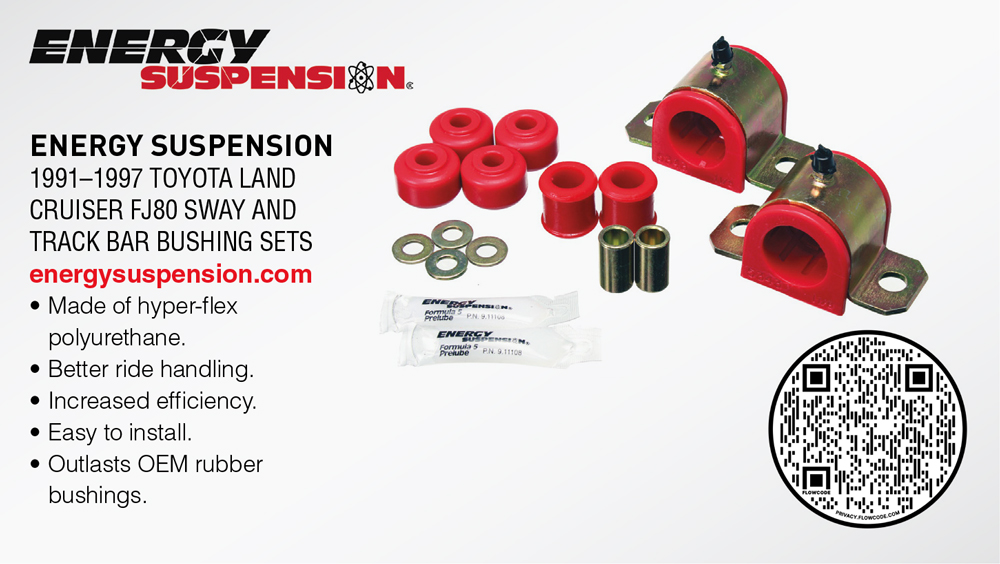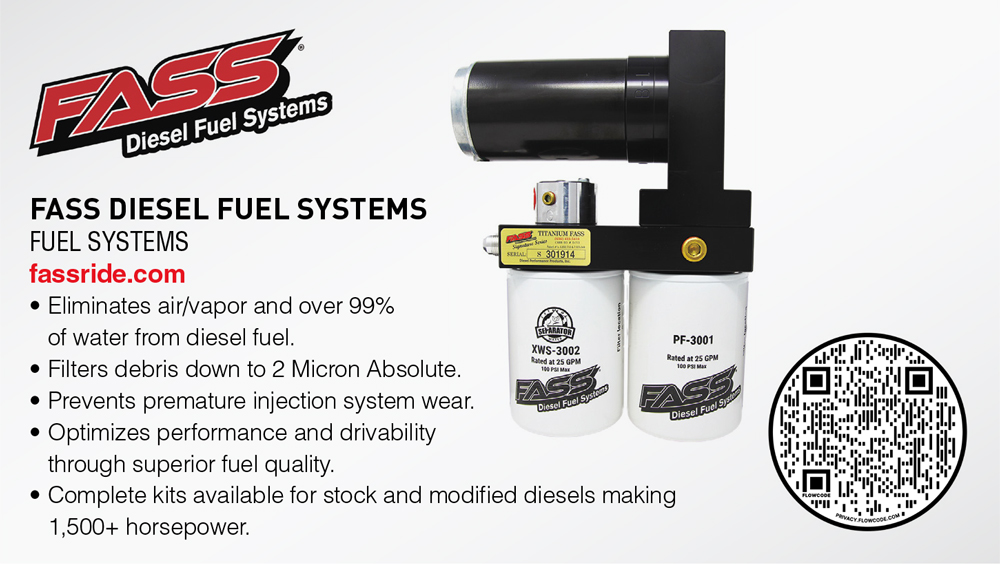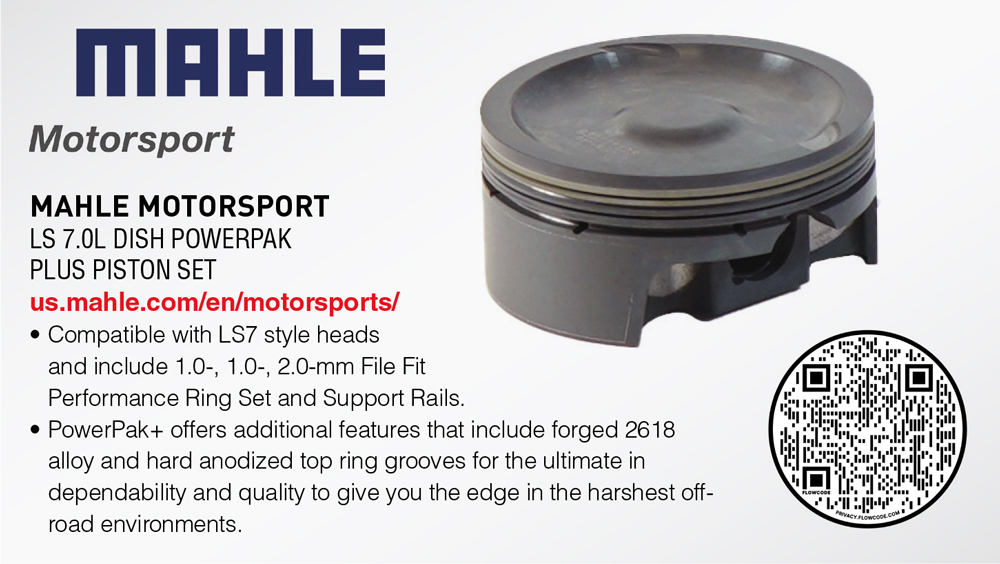Blessing In Disguise?
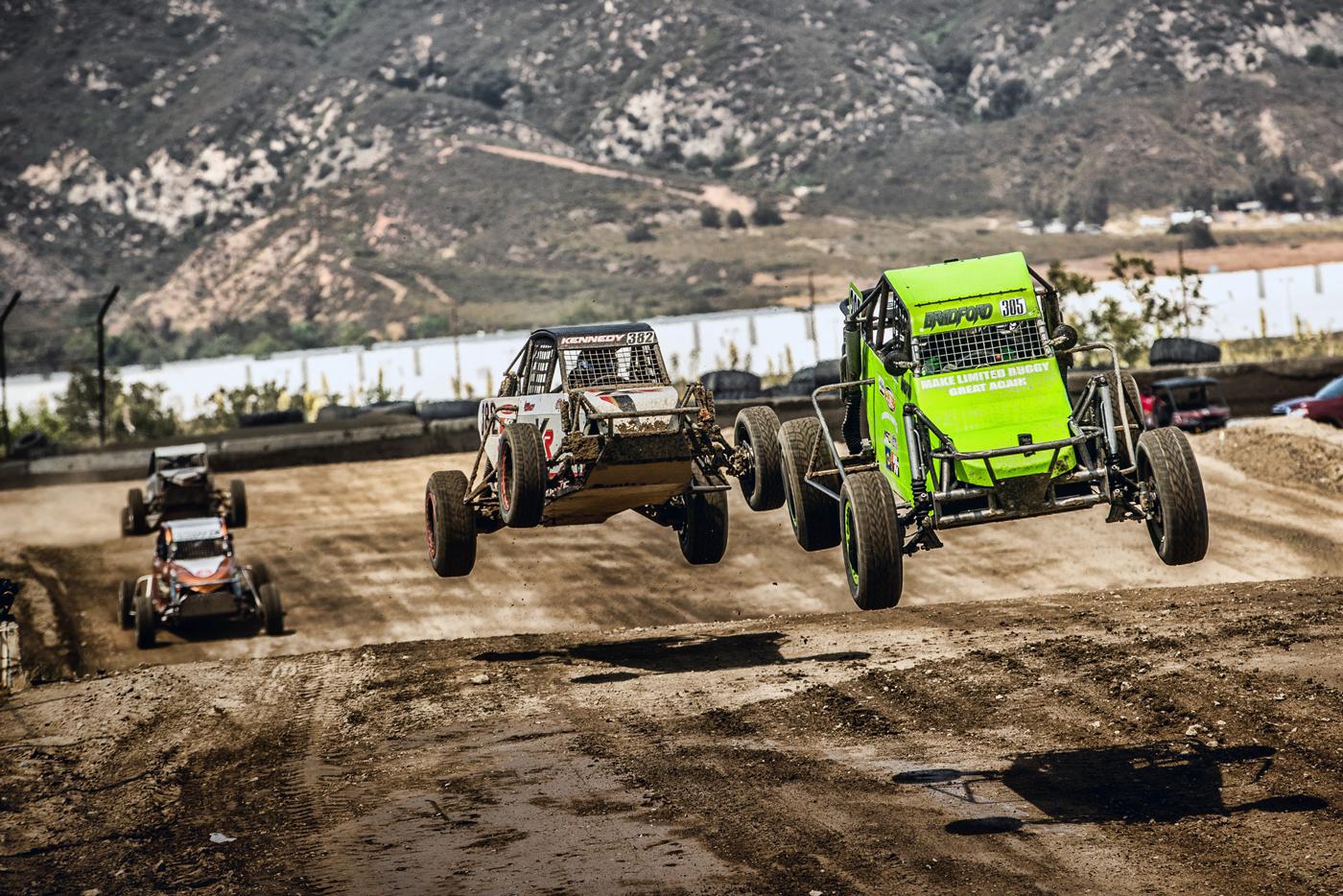
Photo courtesy of Great American Shortcourse
Despite the loss of a prominent series, the short-course off-road racing community is expanding with new opportunities for pro, sportsman and young racers alike.
Lucas Oil’s announcement last November that it was discontinuing its off-road racing series certainly wasn’t welcome news to its competitors or the off-road racing community at large. Faced with mounting financial strain because of the pandemic and continued uncertainty about what lay ahead, the series called it quits after 12 seasons. During that time it made a significant mark in racing, playing host to some of the biggest names in off-road motorsports and helping to develop the talents of a number of young drivers along the way.
As the Greek philosopher Heraclitus once pointed out, the only constant in life is change. But racers tend to be a resilient bunch, and in the time since Lucas Oil’s withdrawal, several series across the country have stepped up to not only fill the gaps, but also assess what worked in the Lucas Oil series and what needed a bit of tweaking.
“I’ve been involved in the sport for more than 40 years, so I’ve seen sanctioning bodies come and go,” said Frank DeAngelo of AMSOIL Championship Off-Road, Albertville, Minnesota. “Lucas Oil announced that they were done last year, but it was also the first year for Championship Off-Road. It was born from a group of tracks in the Midwest that wanted to see short-course racing continue but needed a sanctioning body. I realized there was a need for some changes in order to stabilize things and ensure the growth of the sport in the years ahead.”
It’s a sentiment that’s shared among these organizations that takes into consideration the needs of pro, sportsman, and youth competitors alike, and it points toward a more unified strategy moving forward.
Building Momentum
Lee Perfect originally helped to develop the Lucas Oil series and now serves as director for the Great American Shortcourse (GAS) series based out of Temecula, California. Perfect said that key areas for future growth of the sport are evident today and based on interest that flourishes outside of top-tier classes.
“The regional series has always been about grassroots racing and providing more track time for everybody, and the youth classes are solid,” Perfect explained. “We’ve got three classes for the trophy karts and another for the RZR 170, and these kids are getting started as early as six years old. The other area that’s seeing a huge amount of interest are the UTVs. That’s been the big industry for the last few years, and we expect that to continue. At GAS, we have five different UTV classes now between Youth, Production 1000, Production Turbo, the Unlimited class, and the SR1 spec class, the latter of which uses a Yamaha R1 street bike engine and is about the fastest you can go for the least amount of money.”
Laura Butcher of the Valley Off Road Racing Association in Elk Grove, California, agreed that a strong grassroots foundation is the key to growth not only in the short-course format, but off-road racing in general. “We want to see the kids out there. That’s the future of our sport, so there’s a big focus on keeping this affordable and accessible to families. And UTVs are absolutely booming. Production 1000 is one of our biggest classes. Being able to walk into a dealership, finance one, and prep it for racing with safety equipment for just a few thousand more is a real game-changer. Short-course is great for newer racers because there’s never going to be a situation where you’re stranded out in the middle of the desert, but it’s also a very exciting environment. You can hear the crowd go wild when something happens. And the fans and sponsors love it because they can see the entire track and follow the action throughout the race.”
Lori Wilson of Glen Helen Raceway in San Bernardino, California, said that approachability and affordability are major drivers in the enduring appeal of the short-course off-road format. “We charge these folks a very minimal fee, and the rules aren’t overbearing. Somebody can buy a UTV, a quad, or trophy kart without any racing experience and get involved with minimal expense and lots of track time.”
But Perfect noted that he also didn’t want to leave anyone from the Lucas Oil national and regional series behind with the Great American Shortcourse series. “When they abruptly pulled the plug, it kind of left a void,” he said. “So we have some mini-stock and some other classes there to provide a spot for people who want to show up and run what they’ve got. Then we get into the Pro Buggy, Pro Lite, and Pro 2 classes. Championship Off-Road provides a class where the Pro 4 racers can run out there, too.”
He also explained that the purpose-built nature of many of these vehicles would have left competitors effectively stranded if series like GAS and Championship Off-Road hadn’t picked up where Lucas Oil left off.
“From the little trophy karts all the way up to Pro Buggy, Pro Lite, and Pro 2 classes, these teams don’t have another avenue for racing aside from these groomed short-course tracks, and they didn’t have anywhere to run on the West Coast until our series was established,” Perfect said. “My phone started ringing the same day Lucas made the announcement, and fortunately I had almost all of the equipment already on my property—scales, trucks, trailers, and basically all the other equipment we needed to run the series. It took a little while to get our ducks in a row and make a deal with Lucas—there was a lot to sort out along the way—and COVID certainly didn’t help expedite the process. But we had 138 at our first race, which was right around what we expected, and then we had 150 at our second race.”
Along with big car counts in UTV classes like Pro Stock and Pro Modified, DeAngelo cites Pro 2 and Pro Lite as the classes with strong support at the upper end of the totem pole for Championship Off-Road this season. “Pro Spec is also something brand new for this year,” he explained. “It’s similar to the Pro Lite class but uses a spec powertrain that cuts down the costs to field a truck tremendously. Manufacturers have also come on board to post prize money for that class.”
Don Demeny of Dirt City Motorplex in Lena, Wisconsin, said that the loss of the Lucas Oil series has been something of a blessing in disguise for permanent off-road race tracks like Dirt City. “I hate to say it, but it’s been good news for us because it’s sending these racers our way, and we’re happy to have them. The growth of Pro 2 over the past few seasons has been particularly exciting for us, and this year we’re expecting double what we had last year.”
Refining The Formula
While ensuring that racers from the various classes in the Lucas Oil Off-Road Racing Series have new places to race has taken priority for Championship Off-Road and Great American Shortcourse, this restructuring process has also provided an opportunity to consider new approaches to the ways in which the sanctioning bodies operate.
“We picked up the same rules, most of the same equipment, and a lot of the same staff from the Lucas series, but we wanted to kind of change the attitude and receptiveness to some of the racers,” said Perfect. “We’re trying to learn from some of the things that have happened in the past, both good and bad.”
DeAngelo said that the rule set that Championship Off-Road has been using wasn’t far off from the Lucas Oil series to begin with. “That was by design, to a degree. But we also wanted to set up our rules so that everyone could play. For example, there was a situation where Lucas Oil had switched over to a specific cubic-inch engine, and that was the max you could have. We wanted to be a little more accommodating, so for the teams that have the older engine packages, we offered a way to continue racing that with restrictors. The general rules that have been in place for many years have been adopted, but we also made allowances to provide a way for everyone to come race.”
Great American Shortcourse has adopted similar balance-of-performance measures to achieve parity between the different engine packages in use in its Pro Lite and Pro 2 classes as well.
Another important recent change for Championship Off-Road was the switch from specially developed race tires used in some of the Pro classes to off-the-shelf DOT rubber. “There were only a couple of companies that were offering race tires,” said DeAngelo. “So last year we came out and said, ‘No race tires—everything has to be a DOT light-truck tire.’ This year we’ve had six tire companies sign on to sponsor the series and racers.” GAS has also adopted similar DOT tire rules.
Although GAS and Championship Off-Road are taking a somewhat coordinated approach in terms of rule sets and event scheduling, Perfect noted that they generally tend to attract different types of racers. “The idea for us is, if you’ve got a race car on the West Coast that raced with Lucas before, we’re going to have a place for you to race out here. Championship Off-Road is a bit more involved, in terms of both time and money. They run every two weeks or so from June until Labor Day. So for the racers out here that wanted to run in that series, they would either be constantly traveling back and forth, or they’d need to get shop space out there. As we were putting things together, the majority of the folks who showed interest in our series didn’t want to do that.”
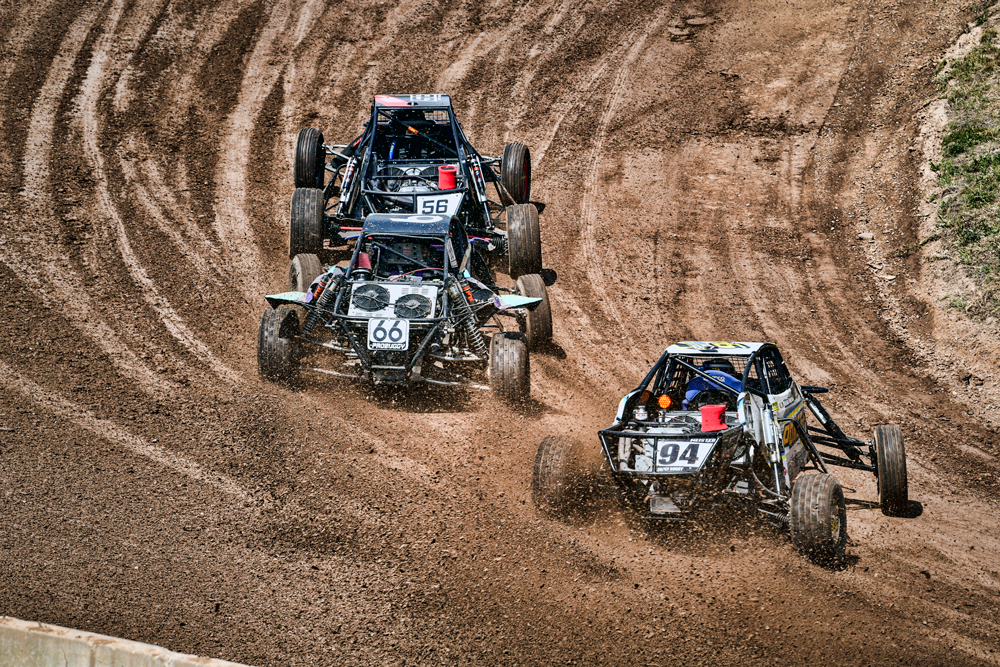
Wilson said that it largely comes down to location and commitment levels for most teams. “The guys who are local will support the Great American Shortcourse series. But since there are fewer dates on the calendar, the bigger teams that want to keep their cars going are generally still back East,” he explained.
Making Inroads
As with any motorsports discipline, sponsorships are a crucial part of the equation for short-course off-road racing. Demeny suggested that would-be sponsors are better served by starting out with a team rather than going directly to the tracks.
“There are companies out there that are interested in getting involved, but maybe they’re not ready to make a full investment,” he explained. “I think sponsoring something like a sportsman truck is a good way to get your feet wet. And products—everybody needs products. It doesn’t need to be cash. Something like motor oil is basically as good as cash, because these racers are going to need to buy it anyway. Consumables will be valuable. We have more tire companies involved now than we’ve had in many, many years.”
And with more classes adopting production or spec-style engine rules across the board, suspension tuning is becoming a bigger competitive element. “Looking at something like Pro Lites, the guy who knows how to tune that suspension is going to have an advantage,” Demeny added. “On short courses it’s not always about horsepower.”
For those looking to get involved on the chassis building and tuning side of things, BJ Butcher of VORRA advised attending some events before diving into development. “Talk to the racers and crew chiefs about what you should and should not be doing, and take notes,” he said. “The community is a great resource for that. These teams are going to be receptive and more than happy to help you out.”
Mint 400 Adds EV Truck Class For 2021
–
One of the biggest off-road races in motorsports just got bigger with the addition of the nation’s first dedicated electric vehicle (EV) class. EV racers can now join the 550-plus teams taking part in this year’s Mint 400, set for December 1–5, in the Nevada desert, just outside of Las Vegas. The new class comes in response to requests from EV truck manufacturers and owners, according to Mint 400 CEO Matt Martelli.
“EV cars have been rapidly evolving, and off-road racing has always been a proving ground for new technology,” Martelli said. “We were contacted by several groups of EV makers and owners, so we made the announcement public [in early March] so the industry understood we welcome them to come and verify their cars. If you have an EV vehicle that can go 400 miles off-road, then you know it can do that mileage on the road.”
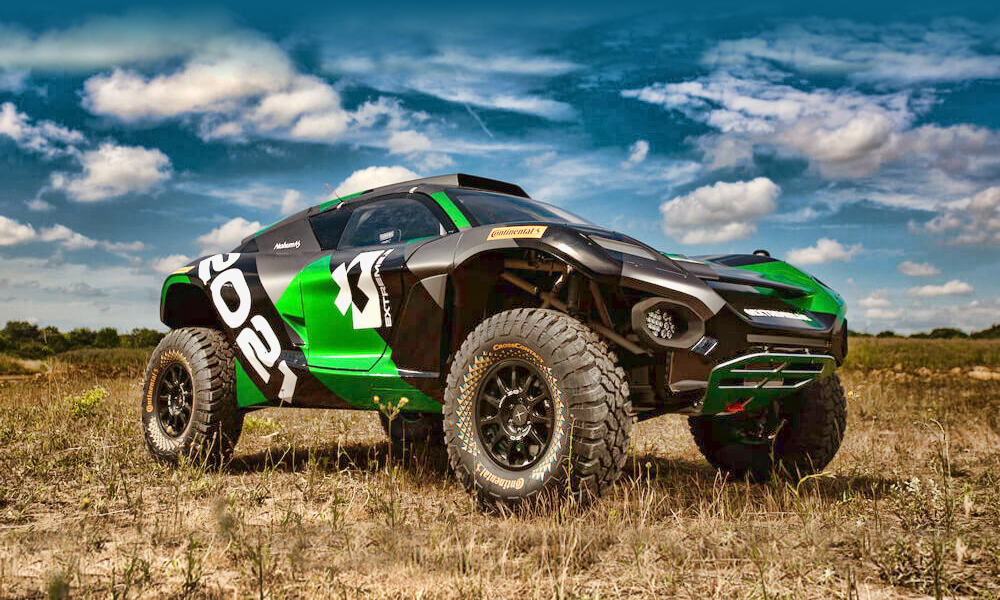
An ultimate-test environment, the Mint 400 is a four-lap race with pits every 30 miles, allowing EV teams to recharge or change batteries mid-race. “We expect teams to start with one or two laps before pitting, but as battery storage technology gets better, they could eventually make it all four laps,” Martelli said.
Teams that opt to charge their batteries would get their time back on their overall score, like their internal combustion engine (ICE) counterparts. “The advantage of the Mint 400 is racers can refuel as frequently as they need to—they could refuel three times in a lap if necessary—so we’re lumping EV into fueling, whether it’s fast-charging or swapping batteries out,” Martelli said.
Safety is a priority, too, as race officials will implement battery-specific extinguishing systems and safety procedures.
Although participating EV makers and teams were not confirmed at press time, Martelli said there was significant interest from ICE competitors. “On the independent racer side, I’ve probably had 50 calls with racers who are going to buy EV drivetrain systems and build their own vehicle. So, the announcement sparked a lot of curiosity and interest with people.”
Looking ahead, officials are exploring adding separate EV classes based on chassis style and design following the 2021 event. And, who knows, an EV team may take the podium this year, as Martelli pointed out, “From a torque perspective, EV’s immediate torque is superior to what we have now, so EV teams are definitely in contention to score the overall winner of the race.” —Laura Pitts
SOURCES
–
AMSOIL Championship Off-Road
champoffroad.com
Bell Helmets
bellracing.com
BOOSTane
boostane.com
Calvert Racing
calvertracing.com
Design Engineering, Inc.
designengineering.com
Dirt City Motorplex
dirtcitylmc.com
Energy Suspension
energysuspension.com
FASS Diesel Fuel Systems
fassride.com
Glen Helen Raceway
glenhelen.com
Great American Shortcourse
greatamericanshortcourse.com
Mac’s Tie Downs
macstiedowns.com
MAHLE Motorsport
us.mahle.com/en/motorsports
Morimoto Lighting
morimotolighting.com
Oracle Lighting
oraclelights.com
Pyrotect
pyrotect.com
SCS Gearbox
scsgearbox.com
Summit Racing
summitracing.com
Thermo-Tec
thermotec.com
Valley Off Road Racing Association
vorraracing.com
Wehrli Custom Fabrication
wcfab.com
World Products
worldproducts.net
 MEMBERSHIP LOGIN
MEMBERSHIP LOGIN JOIN PRI
JOIN PRI

